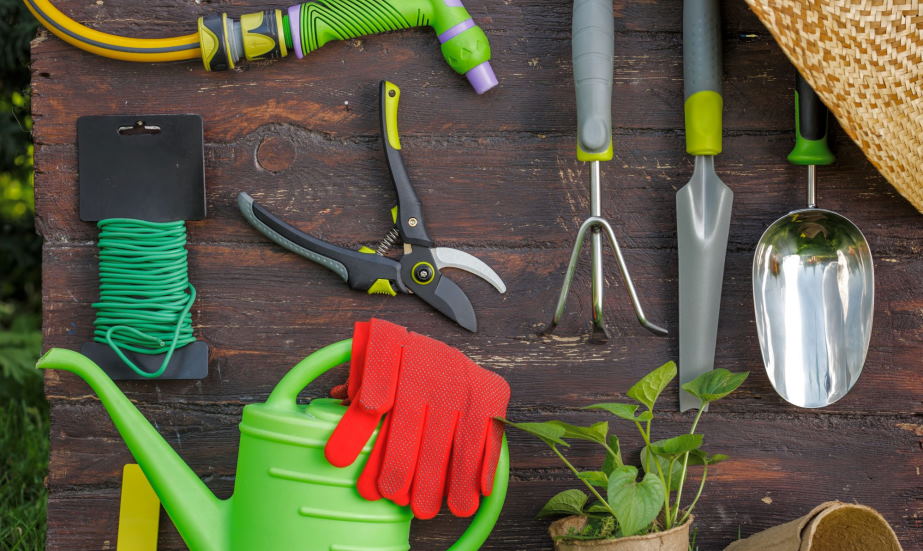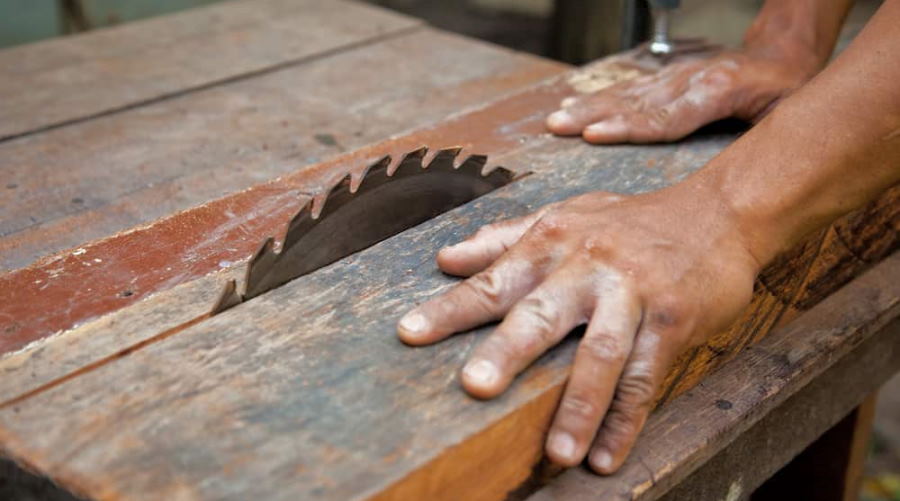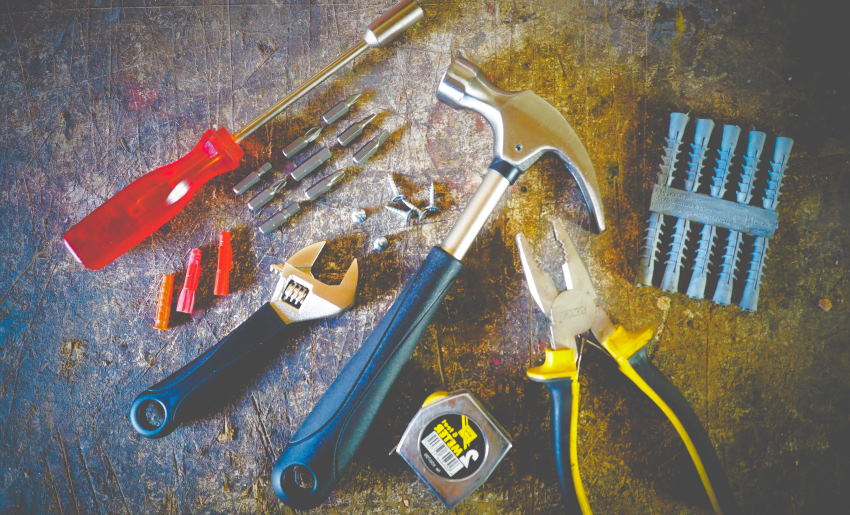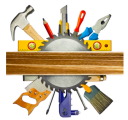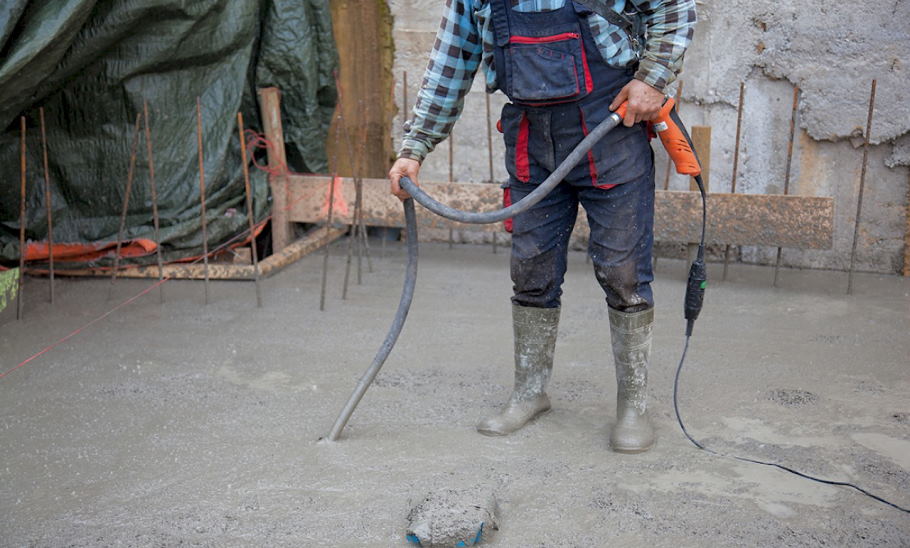
Are you a professional contractor looking for information on the different types of concrete vibrators and how to use them? Then, you’ve come to the right place. This blog post will discuss the different types of concrete vibrators and how they are used. We’ll also provide some tips on how to get the most out of your concrete vibrator. So read on to learn more!
There are a few different types of concrete vibrators on the market, and each one is suited for a specific purpose. Knowing which type of vibrator to use and how to use it is essential for getting the most out of your concrete mix.
Types of concrete vibrators
The first type of vibrator is called an impact hammer. This is a pneumatic device driven by compressed air to hit the surface where the material needs to be compacted. This type of machine will generally have a flat face that can come into contact with various size surfaces from 2″ x 4″ slabs to 22″ x 34″ slabs.
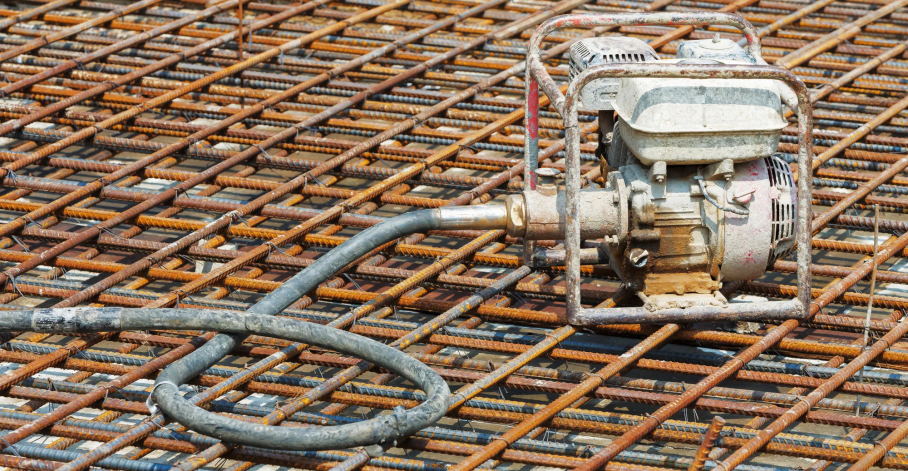
The next type is a plate vibrator, which has a plate that can move both up and down and side to side. The impact of the vibration in both directions comes from compressed air, though some models have an electric motor. This type of vibrator can drive vibration in thin layers of material, such as 2-1/2″ deep with a thin layer of concrete on top. Plate vibrators are used for thin slabs, including bridge decks, sidewalks, porches, and patios.
A third type is called a rod or piston value because it uses long rods or pistons to hit the surface when compacting it. These devices also have several types of heads that can be used for different materials and thicknesses.
The fourth type is called a disc or drum value because it uses a rotating steel disc with the vibrating motion imparted by an electric motor. This device has both adjustable discs that can vary the size of surface area being compacted and rotary drums to compact in all directions when necessary. This type is used in leveling up the ground around foundations, building pads, and repairing roads.
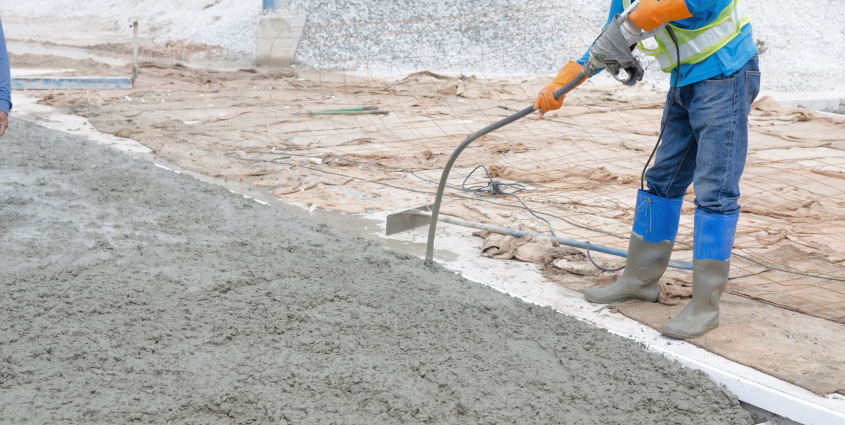
What happens if you don’t use a concrete vibrator?
When Pour-in-Place concrete is used, it is important to vibrate the slab with a concrete vibrator. This helps eliminate any bubbles that may have surfaced while the concrete was being mixed or poured. If these bubbles are not eliminated, they can cause weak slabs and eventually lead to cracks. So, what happens if you don’t use a concrete vibrator? First, let’s take a look.
Concrete vibrators are an important part of the concrete industry. They help ensure that the concrete is evenly distributed and free of air pockets, which can cause problems during the curing process. If you don’t use a concrete vibrator, your concrete may not be as strong or durable as it could be.
It is important to vibrate the mix to remove air bubbles when pouring concrete. If these bubbles are not removed, they can cause weak spots in the concrete and lead to cracks or other damage. In some cases, it is possible to get by without using a vibrator, but for the most part, it is best to use one to ensure a quality finished product.

